The killing fields of Cambodia are a blunt reminder that humans can commit atrocious, unimaginable deeds.
Vikram and I both knew woefully little about the killing fields and this terrible part of Cambodia’s recent history—before this year, the names “Khmer Rouge” and “Pol Pot” would perhaps ring a bell in my mind, but I wouldn’t have been able to tell you much about them.
The tours of the Choeung Ek Killing Fields and the Tuol Sleng Genocide Museum (a former prison) educated us on the Khmer Rouge’s oppressive, backwards rule of the country for almost four years in the 1970s, while also illustrating graphically the horrors Cambodians endured.
The Khmer Rouge, led by Pol Pot, came to power on April 17, 1975 after a lengthy civil war across the country. One of their first orders of business was to move the people from the cities into the countryside, which was part of Pol Pot’s insane vision of an entirely self-sufficient agrarian society.
Anyone perceived as a threat to this vision were summarily imprisoned, tortured, and killed. Potential threats included “intellectuals”, from teachers and engineers to people who spoke a foreign language or even just wore glasses. More people also died from malnutrition, starvation, and other illnesses acquired from poor living conditions.
Over 2 million people—a quarter of the population—died during this time.
And while our day at these sites was the opposite of a pleasant experience, I think it’s an important one for anyone visiting Cambodia. It made us realize and appreciate more the progress Cambodia has made in the past several decades, and how precious peace and stability can be. But it also left us with a helpless feeling that such terrible things could have happened in the country not that long ago—and that terrible things happen around the world all the time that we don’t know enough or anything about.
Now, the Tuol Sleng Genocide Museum is included in the UNESCO Memory of the World Register so that humanity never forgets what happened here.
And as the German ambassador to Cambodia stated at the end of the museum’s audio tour: “It reminds us that human beings, terrorised by ruthless despots, can act with unimaginable cruelty. It reminds us to be wary of people and regimes which ignore human dignity. No political goal or ideology, however promising, important or desirable it may appear, can ever justify a political system in which the dignity of the individual is not respected.”
Travel Notes:
- The Choeung Ek Killing Field is located about 45 minutes outside of Phnom Penh and costs $6 per person. The cost includes a very thoughtful audio tour. This is a site where the Khmer Rouge secretly executed thousands of prisoners.
- The Tuol Sleng Genocide Museum is located in Phnom Penh itself and also costs $6 per person. The cost includes an equally well-done audio tour as at the Killing Fields, or you can opt to hire (for tips) a personal tour guide. This is a site where the Khmer Rouge imprisoned and tortured prisoners before sending them to Choeung Ek.
- We visited both sites by tuk tuk, which cost us $7.50 per person for the whole day. The driver will wait for you at each site.

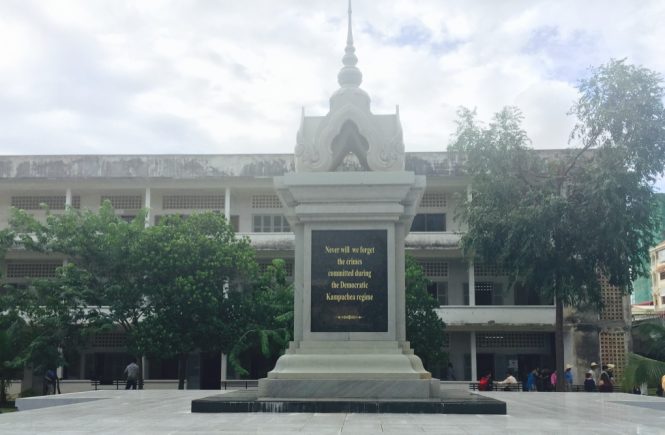
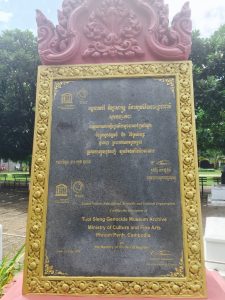
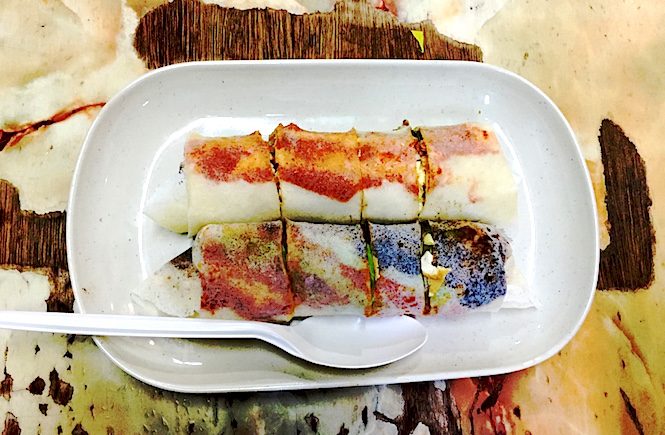
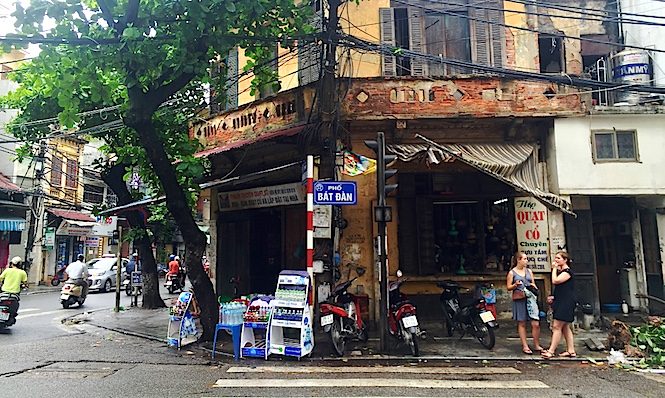
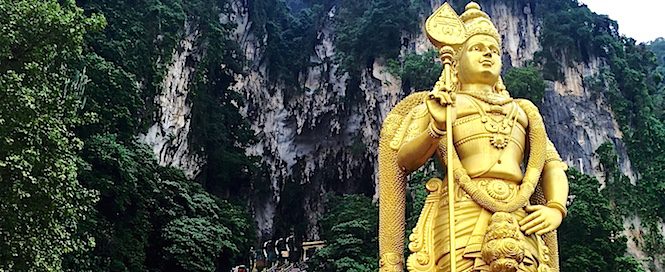
2 Comments
Thank you for sharing this experience and your thoughts on it.